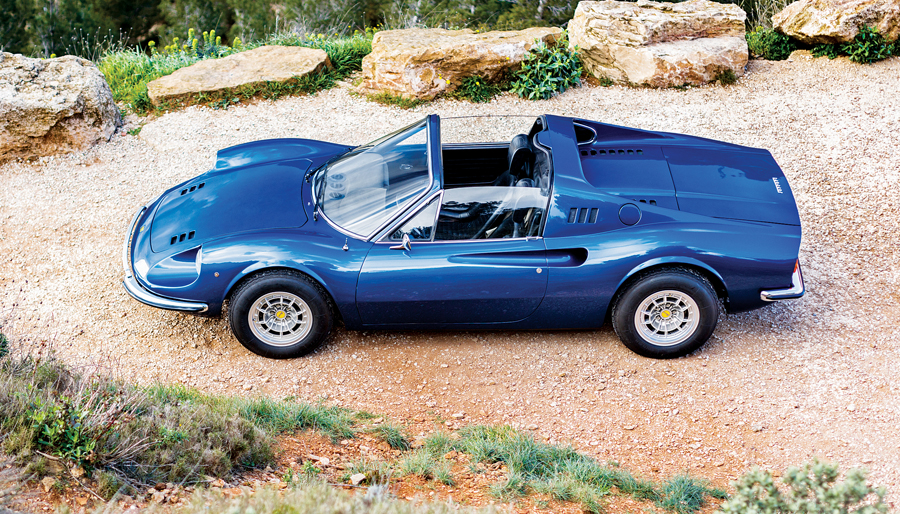Chassis Number: 07394
The 246 GTS Dino offered here was completed on November 2, 1973, and finished in Blu Dino Metallizzato with a black Connolly leather interior. Ferrari historian Marcel Massini notes its first owner, a resident of Lausanne, Switzerland, kept it until 1983. A second Swiss owner kept it until 2011. Then it passed to a noted collector. It was recently traded to the consignor.
The car is remarkably well preserved and remains highly original throughout.
The car has received Ferrari Classiche certification, confirming that it remains exactly as it left the factory when new. It has been driven just 31,000 km (19,262 miles). Included is a selection of documentation and maintenance receipts dating back to the early 1990s.

